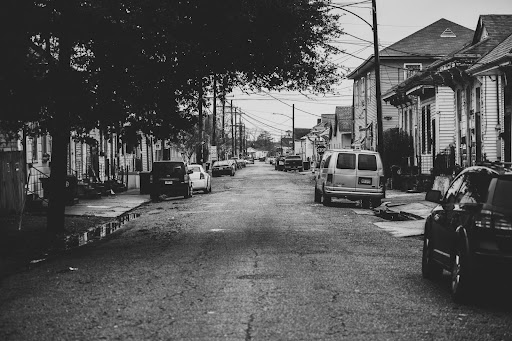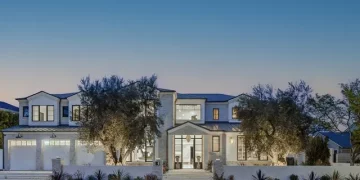Los Angeles is a sprawling metropolis, not just geographically but also in terms of lifestyle, culture, and the diverse communities that call it home. From the chic boulevards of Beverly Hills to the laid-back vibes of Venice Beach, LA’s neighborhoods offer a mosaic of living experiences that cater to every whim and necessity. But with such variety comes complexity, and choosing where to plant your roots in LA can be as daunting as navigating its infamous traffic. Before you explore the vibrant housing market, here are essential questions to guide you in picking the perfect LA neighborhood to call home.
What’s Your Lifestyle Quotient?
The first step in your quest should be a thorough self-assessment. What does your ideal day look like? Are you drawn to the serene walkways of a quiet suburb, or do you thrive on the electric buzz of urban life? If the thumping pulse of nightlife excites you, neighborhoods like West Hollywood or Downtown LA might tickle your fancy. On the flip side, if a weekend for you means a peaceful stroll in a park followed by a cozy coffee shop retreat, consider areas like Los Feliz or Studio City. Remember to factor in your hobbies and social habits as well.
How Will Your Commute Look?
In a city where traffic is the stuff of legends, your daily commute is not just a trivial detail—it’s a quality-of-life issue. Pin down where you’ll be spending most of your weekdays. Are you working in one of the entertainment industry’s famed studios? Glendale or Burbank might save you from the brunt of LA’s infamous rush hours. Or maybe your job takes you to the tech hubs in Silicon Beach? In that case, living nearby in Culver City could shave precious time off your drive.
Public transportation can also influence your decision. Though LA is traditionally car-centric, neighborhoods like Koreatown and Downtown are well-serviced by the Metro, offering some reprieve from behind-the-wheel stress. Take time to understand the city’s transit lines and consider areas that grant you the convenience of a less car-dependent lifestyle if that appeals to you.
Have You Considered the Cost of Living?
LA’s sunshine and glamour come with a price tag, and it’s one that varies widely across its neighborhoods. Beverly Hills, with its luxury stores and star-studded streets, may offer an exclusive zip code but demands a premium in living costs. In contrast, areas like Eagle Rock or Highland Park provide more budget-friendly options without skimping on the charm or access to amenities.
The housing market itself is a kaleidoscope of options. Assessing a neighborhood means not just dreaming of the perfect view from your balcony, but also getting down to the brass tacks of affordability. Take Burbank, for example—known for its family-friendly atmosphere and ties to the entertainment industry. A scan of Burbank homes for sale can offer a reality check on current market prices and help you gauge what you can afford.
What’s the Neighborhood Vibe?
Every neighborhood in LA has its own unique pulse, its own distinctive vibe that sets it apart. It’s essential to get a feel for the local atmosphere. Spend a day, or even better, an entire weekend in the area. Visit the local parks, dine at nearby restaurants, and walk the streets. Does it fit the energy you’re looking for?
Echo Park, for example, has a youthful and creative spirit, with indie music venues and eclectic eateries dotting its streets, whereas Pasadena offers a more subdued and historic ambiance, with tree-lined avenues and stately homes. Understanding the character of a neighborhood and how it aligns with your personality and lifestyle is vital. After all, your neighborhood is an extension of your home.
What Are the Local Amenities and Infrastructure Like?
While it’s easy to get caught up in the aesthetic appeal of a neighborhood, practical considerations are key. Examine the local amenities. Are there enough grocery stores, hospitals, and schools? For families, the quality of schools can be a deal-breaker. Check out the ratings of the schools in the area and visit them if possible.
Infrastructure also plays a huge role. Are the streets well-maintained? How about public parks and libraries? And importantly, how’s the internet connectivity?
Is the Neighborhood Safe and Welcoming?
Safety is an essential factor. Research the crime rates of the neighborhoods you’re considering and compare them. Online databases and local law enforcement agencies can provide crime statistics to help you make an informed decision. But numbers don’t tell the whole story. Visit the neighborhood at different times, including at night, to see how comfortable and secure you feel.























